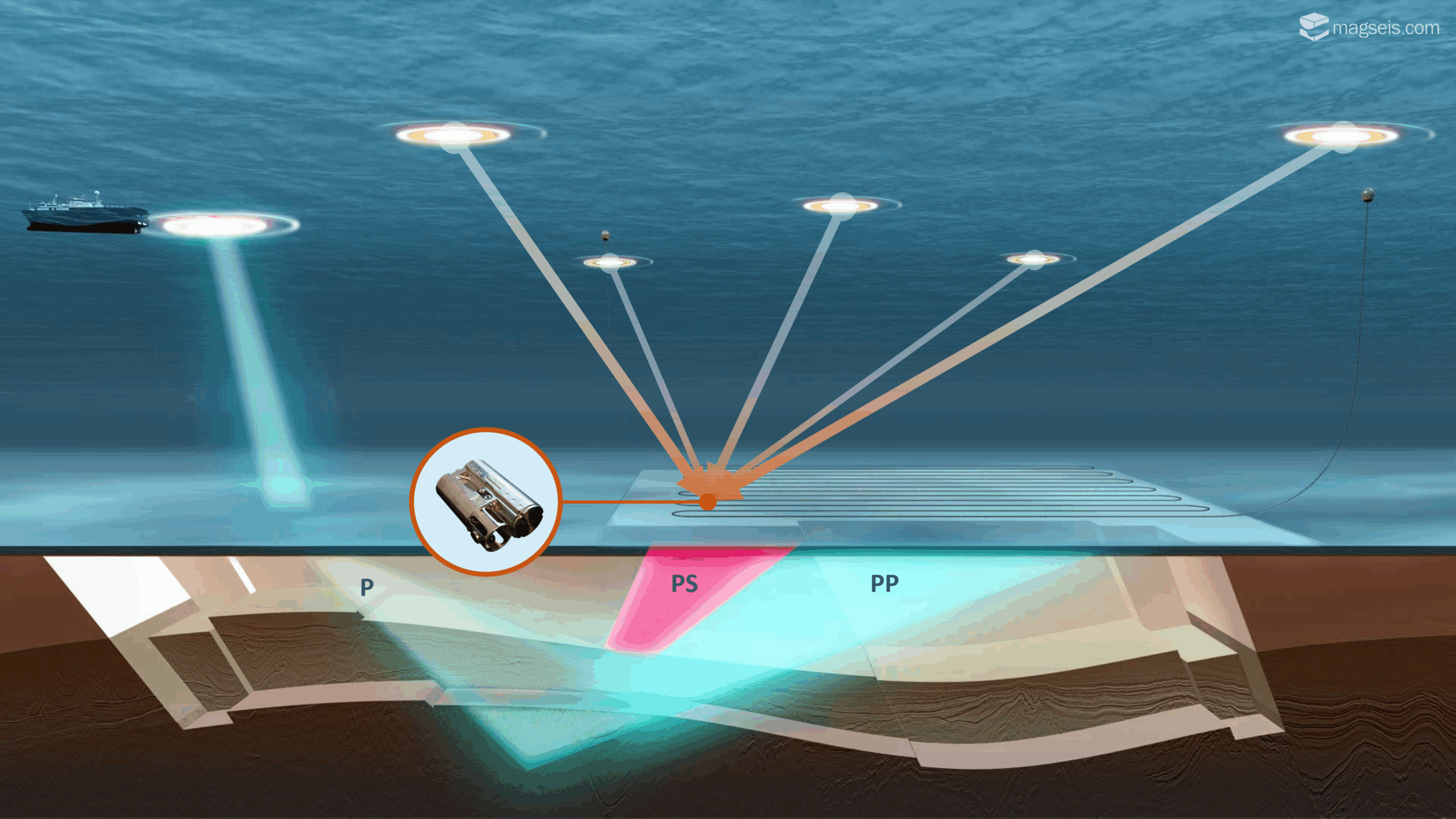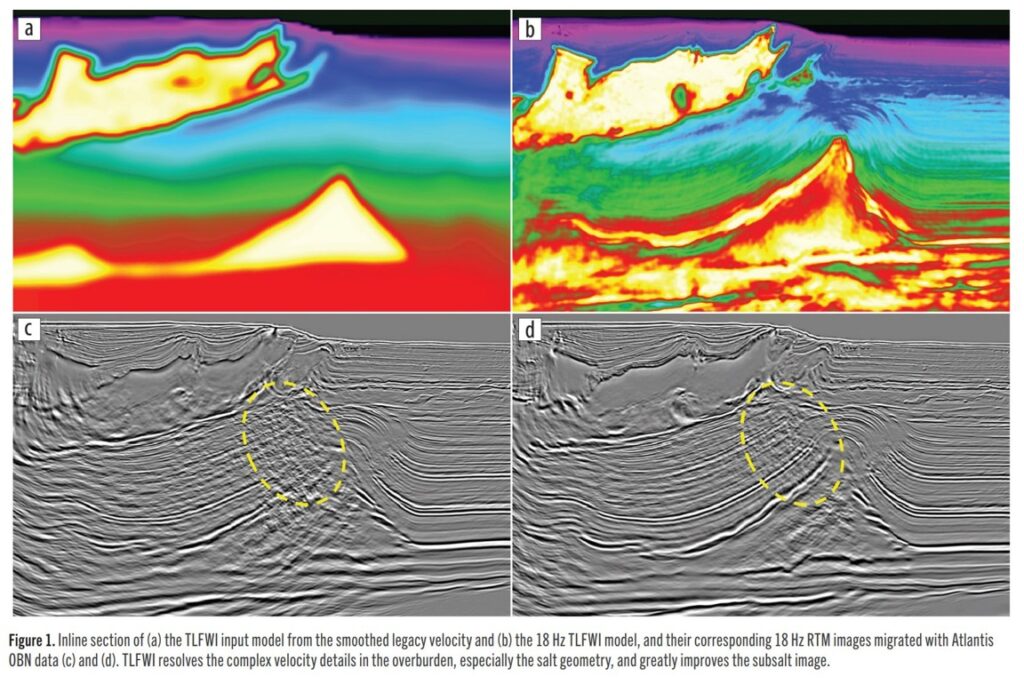
FULL WAVEFORM INVERSION
The Benefits of FWI with Legacy Data:
Improved Resolution, Illumination and Image Quality
Sparse-node seismic acquisition has become a standard approach to refine detailed seismic velocity model building and imaging with the addition of ultra-long offsets for FYI, full azimuth (FAZ) illumination, and the availability of improved low-frequency data. With structures being illuminated from all azimuths and offsets, and thereby more accurate velocity models, the increased resolution results in better imaging quality.
Rejuvenation and Maximisation of Old Datasets
FWI can be used to revitalise older seismic data potentially unlocking new development opportunities or providing a more detailed view of existing prospects.
Reduced Uncertainty
FWI can reduce uncertainties in seismic interpretation and reservoir characterisation by providing more accurate velocity models.
Cost-Efficient Sparse Sampling
Cost-efficient sparse sampling grids (less than 1 km), combined with FWI data processing, significantly reduce the cost of velocity model building and FWI imaging.
FWI Data Processing
- Robust derivation of subsurface velocity model.
- Handles the sparse node distribution and deployment accuracy.
- Provided by all major processing providers.
- Successfully applied in the Barents Sea and Utsira High.
- All seismic OBN acquisition in the Gulf of Mexico is sparse sampling with FWI.

Velocity model (top) and reverse time migration section (bottom) from Gulf of Mexico. Left: Legacy model. Right: FWI model. Rongxin Huang et al., 2021